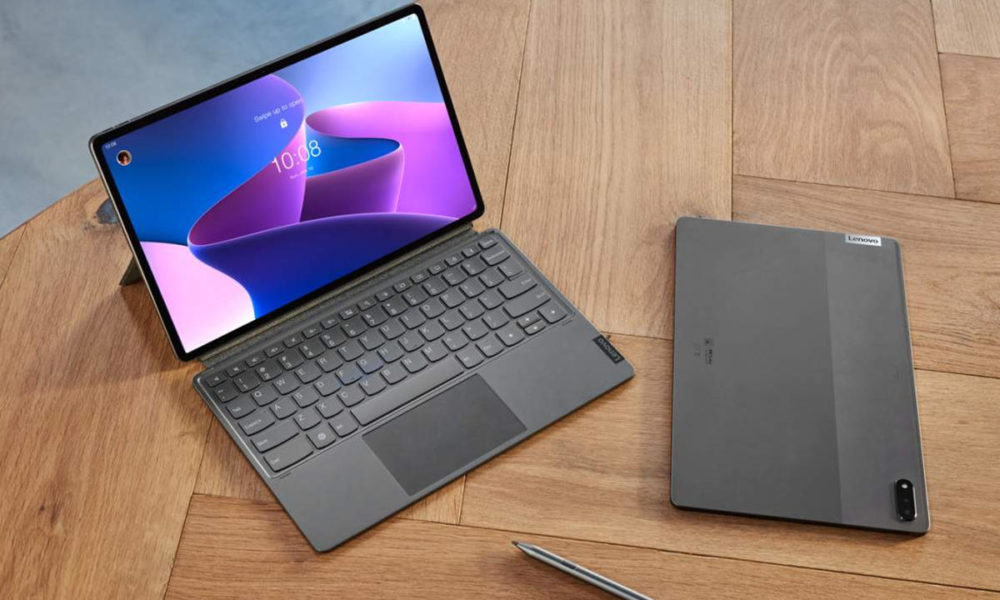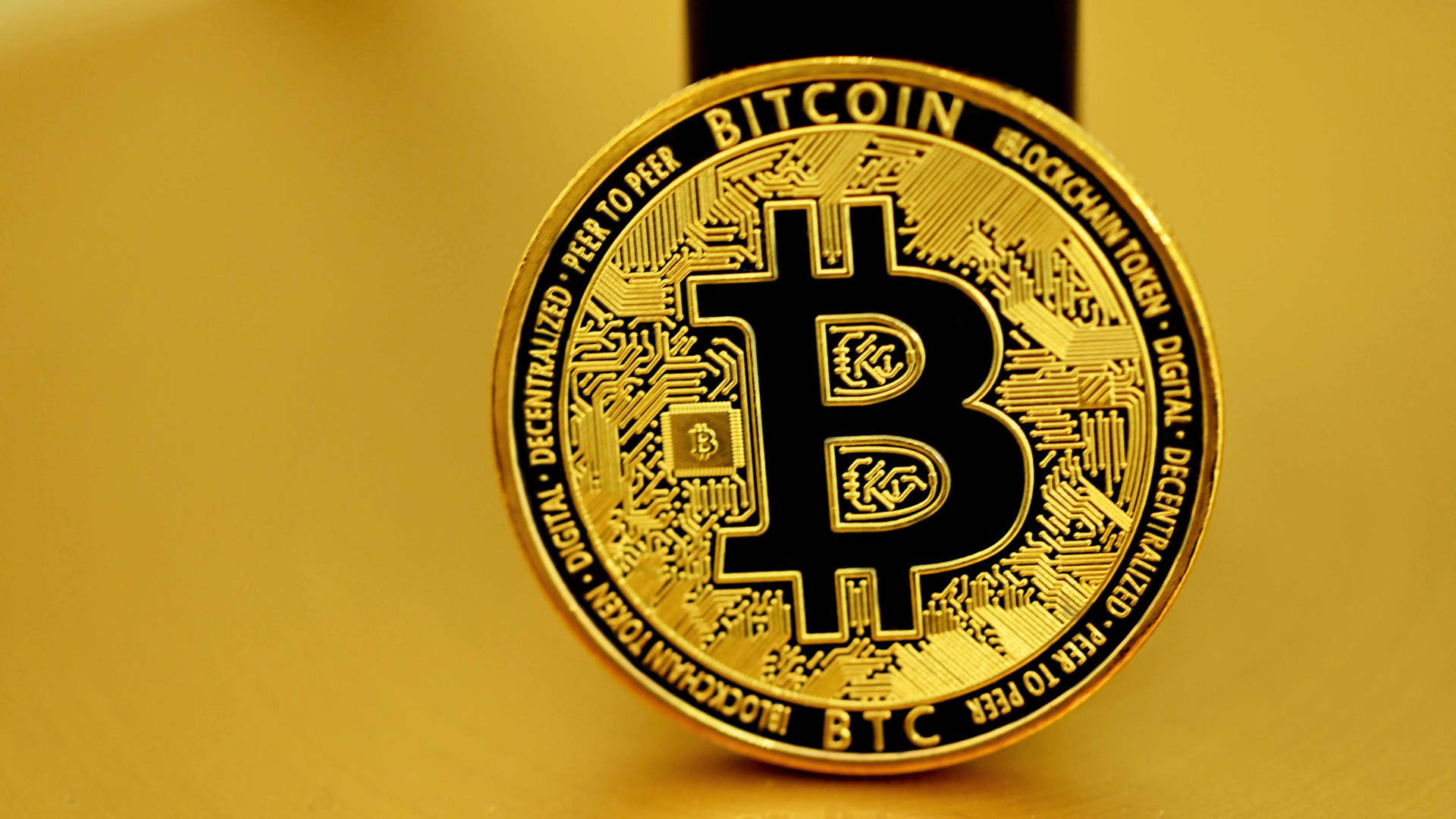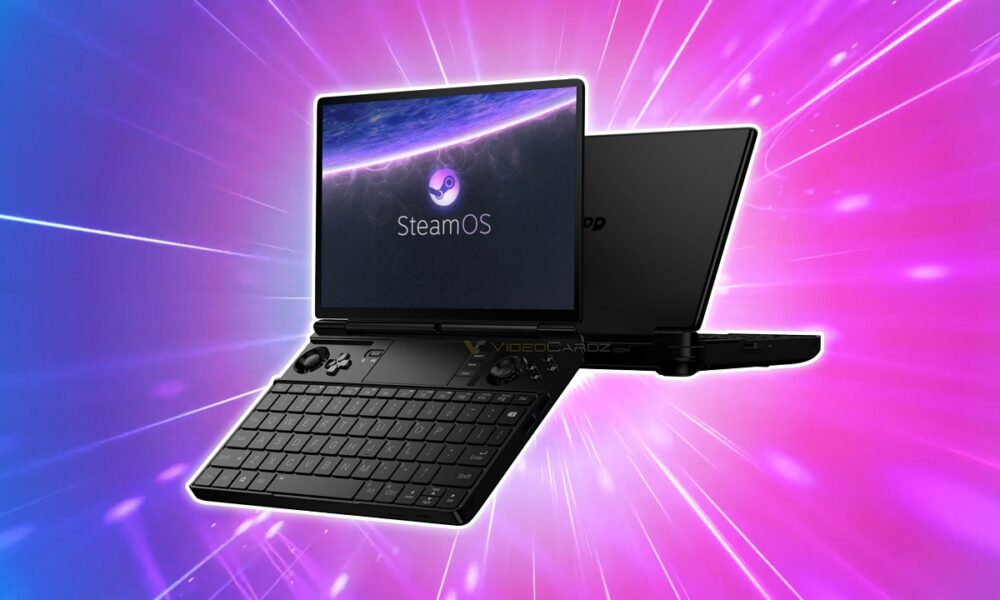
The Institute of Electrical and Electronics Engineers (IEEE) has added a new 802.11bb standard for light-based wireless communications, which defines what future Li-Fi wireless networks should be.

Li-Fi has been around for a while now, but it has yet to reach the same level of notoriety as Wi-Fi. That may now change, with The Institute of Electrical and Electronics Engineers (IEEE) just establishing an industry standard for wireless communication technology.
As a reminder, Li-Fi literally uses visible, infrared or ultraviolet light instead of radio frequencies for high-speed data transmission. Li-Fi then uses special LED bulbs installed in homes and offices as routers, allowing you to pick up a wireless connection using light.
Li-Fi is much faster than Wi-Fi
The Li-Fi Alliance says this technology could be 100 times faster than current Wi-Fi, but that remains theoretical as long as we do not have material to test. The Li-Fi standard could transfer 224 gigabytes of data in one second. In comparison, the Wi-Fi 6 standard tops out at 9.6 Gbps and the Wi-Fi 7 standard tops out at 40 Gbps.
Li-Fi is not only distinguished by its alleged speeds of 224 GB/s. Dominic Schulz of Fraunhofer points out that Li-Fi operates in a proprietary optical spectrum, which ensures greater reliability and lower latency and jitter. Besides, ” Line-of-sight light propagation enhances safety by preventing penetration of walls, reducing the risk of jamming and eavesdropping, and enabling centimeter-accurate indoor navigation “.
The visible light spectrum is 1000 times larger than the radio frequency spectrum, which is only about 300 GHz, so we should be entitled to speeds that are impossible to achieve with Wi-Fi. Li-Fi could also benefit AR/VR and games thanks to “very low latencies”.
Now that the IEEE 802.11bb standard is published, manufacturers can start integrating the technology into their products. One of the major players in Li-Fi, pureLiFi, has already prepared the Light Antenna ONE module for integration into connected devices. The company says Li-Fi is preferable to Wi-Fi because it allows more connections without clutter, more security and privacyand support for the most bandwidth-intensive tasks.



